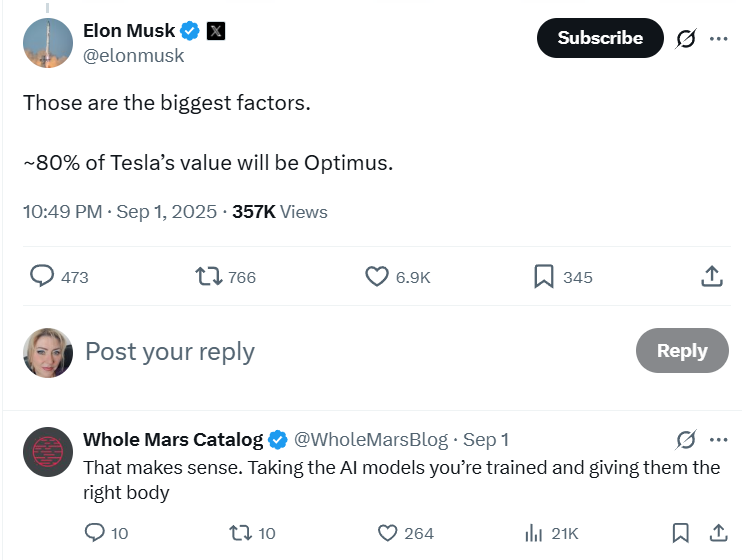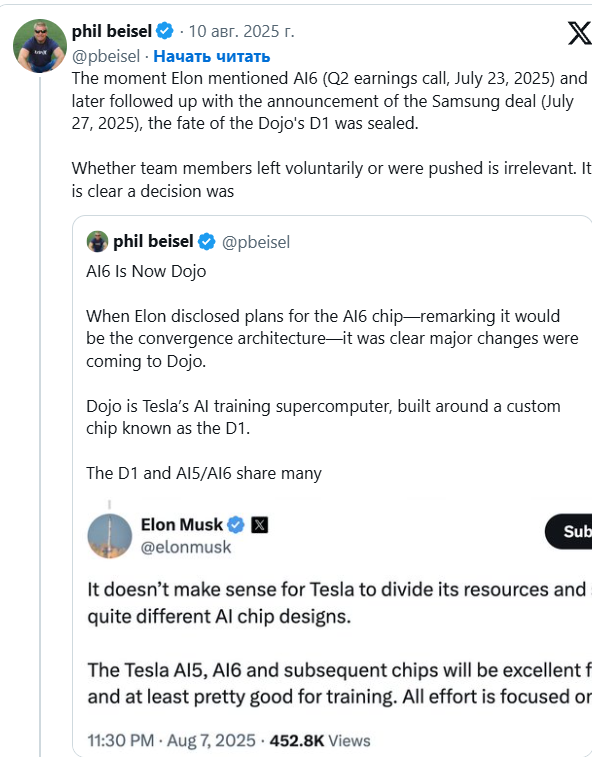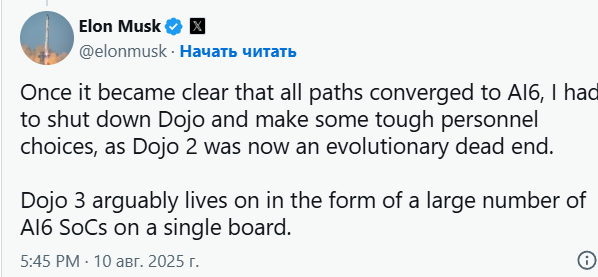🕵️♂️ Elon Musk, billionaire and CEO of Tesla, has repeatedly made bold predictions about the company’s future, artificial intelligence, and robots. Yet many of his high-profile statements have so far not materialized.
Optimus — the robots meant to “save” Tesla’s market value
One of Musk’s most ambitious projects is Optimus, a humanoid robot intended to radically change the market. In June 2024, Musk claimed that robots would account for 80% of Tesla’s valuation, with the company’s market capitalization reaching $25 trillion — more than half the value of all companies in the S&P 500 at that time.

He also promised to create and deploy 1,000 or several thousand robots by 2025, which sounded impressive and almost futuristic.
However, reality proved more prosaic: in April 2025 (Bloomberg), it was reported that humanoid production was disrupted due to restrictions on the export of rare earth metals imposed by Beijing amid escalating trade tensions with the U.S. Musk faces global economic and logistical constraints slowing down the launch of Optimus.
Dojo — the supercomputer project that never became Tesla’s “heart”
Another ambitious initiative was the Dojo supercomputer, which Musk positioned as the “cornerstone” of Tesla’s AI: autopilot, robotaxi, and Optimus development were all to rely on it.


In July 2024, before the October robotaxi presentation, Musk said Tesla’s AI team would “double down” on Dojo development. But just weeks after the announcement of Dojo 2 — the second supercomputing system based on Tesla’s own D2 chips, planned for release in 2026 — Musk changed course, calling the project an “evolutionary dead end.”
In August 2025, Tesla officially shut down the Dojo project and disbanded the team, disappointing investors and fans.

Project Retrospective
First mentions of Dojo date back to 2019, when Tesla highlighted new autopilot capabilities and AI technology. Musk announced specialized chips and hinted at Dojo as a supercomputer for AI training.
In 2020 he stated: “Dojo — our training supercomputer — will be able to process huge volumes of video data and efficiently run hyperspace arrays with a massive number of parameters, large memory capacity, and ultra-high bandwidth between cores. More details later.”
Over the following years, the project was heavily promoted, but tangible results were scarce. In 2024, Tesla began promoting Cortex — a new AI training supercomputer being built at the company’s Austin headquarters. Musk said Cortex would provide “massive storage for FSD and Optimus video training.”

In its Q4 2024 shareholder report, Tesla provided updates on Cortex, but did not mention Dojo.
Public and Expert Reactions
The Dojo story split opinions:
- Critics view it as another example of Musk’s high-profile promises that go unfulfilled. The situation is compounded by falling EV sales and a weak robotaxi rollout.
- Supporters argue that shutting down Dojo was a strategic move. The company is reportedly shifting away from a risky fully hardware-autonomous model toward a simpler approach emphasizing chip development partners.
New Tesla Initiatives and Future Plans
In July 2025, Musk announced that Grok will appear in Tesla vehicles (we reported on this as well). Recall that in June, the company faced a U.S. National Highway Traffic Safety Administration investigation over potential violations by autonomous taxis.

Regarding Optimus, the project remains an ambitious bet for Musk, but its mass-market release timeline remains uncertain.
⏳ Conclusion: Dreams vs Reality
The situation with Dojo and Optimus illustrates a common pattern: Musk makes bold, futuristic statements, but technological and economic realities often temper these plans.
Nevertheless, even partial successes in Tesla’s AI, robotics, and autonomous systems remain significant for the industry and shape its future development.
All content provided on this website (https://wildinwest.com/) -including attachments, links, or referenced materials — is for informative and entertainment purposes only and should not be considered as financial advice. Third-party materials remain the property of their respective owners.


